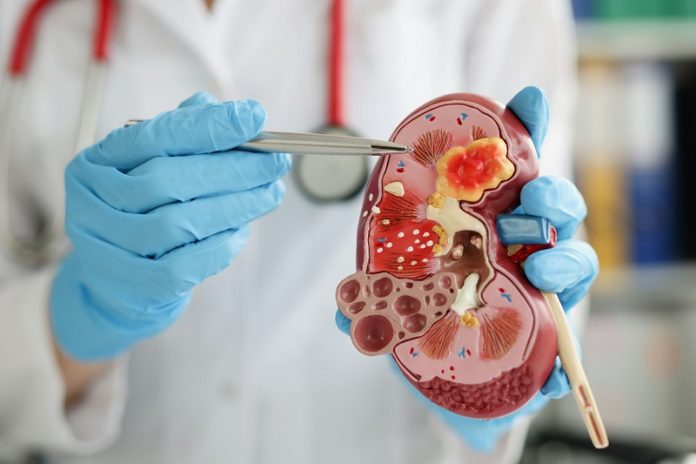
Kidney disease is a serious health concern, especially for older adults. It often develops slowly and quietly, so many people don’t realize they have it until it’s already advanced.
As we age, our kidneys naturally become less efficient, which makes older people more likely to develop chronic kidney disease (CKD).
CKD happens when the kidneys are damaged and can’t filter waste and extra fluids from the blood properly. This waste can build up in the body and lead to other health problems.
One of the biggest challenges with CKD is that the symptoms can be very mild and are often mistaken for normal signs of aging. But if the disease is found early and treated, it can help prevent further damage and improve quality of life. That’s why it’s important to know what to look for.
As we get older, it’s normal for kidney function to slowly decrease. The kidneys help clean the blood, control blood pressure, and make important hormones. But conditions like high blood pressure and diabetes can damage them, making it harder for them to work well.
Because symptoms of CKD can be easy to miss, it’s helpful to know some of the signs that could point to kidney problems in older people.
One of the most common signs is changes in urination. This could mean going to the bathroom more often, especially at night, or seeing foam or bubbles in the urine. Some people may notice blood in their urine or a drop in how much they urinate.
Swelling in the legs, ankles, feet, hands, or face can also be a sign. This happens when the kidneys can’t get rid of extra fluid in the body.
Feeling tired or weak is another common symptom. The kidneys make a hormone that helps the body produce red blood cells. When the kidneys are damaged, they might not make enough, causing anemia. This can make a person feel drained and weak.
Having trouble sleeping can also be linked to kidney disease. When waste builds up in the blood, it can affect sleep. Some people also have sleep disorders like sleep apnea or restless legs.
Nausea and vomiting may happen if the body is holding on to too much waste. This can make it hard to eat and cause weight loss.
Loss of appetite is another sign. Food might not taste the same, or a person just might not feel hungry. This can also lead to weight loss.
Severe kidney disease can affect the brain too. Older adults might have trouble focusing, feel confused, or seem to act differently. These changes are sometimes blamed on normal aging, but they could be a sign of kidney trouble.
Dry, itchy skin may show up when the kidneys can’t keep the right balance of minerals in the body. This is another common symptom in people with serious kidney disease.
Since these signs can be mild and easy to overlook, regular check-ups with a doctor are very important. Blood and urine tests can show if the kidneys are working as they should. Finding kidney disease early gives people a better chance to slow it down and avoid serious problems.
Making changes to daily habits, like eating healthy, staying active, and keeping blood pressure or blood sugar under control, can help protect the kidneys. In some cases, doctors may prescribe medication to support kidney function.
In summary, kidney disease can be hard to spot in older adults because the symptoms can look like normal aging. But if you notice changes in urination, energy, or overall health, it’s a good idea to talk to a doctor.
Getting help early can make a big difference in keeping the kidneys healthy and improving life as we age.
If you care about kidney health, please read studies about drug that prevents kidney failure in diabetes, and drinking coffee could help reduce risk of kidney injury.
For more information about kidney health, please see recent studies about foods that may prevent recurrence of kidney stones, and common painkillers may harm heart, kidneys and more.
Copyright © 2025 Knowridge Science Report. All rights reserved.



